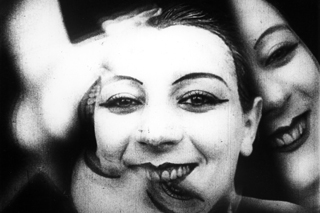Reading Log #2
Experimental films challenge normal notions. They are often independent, tell no stories and instead, poetic reveries. Fernand Léger’s Ballet Mécanique (1924) is constructed in poetic reveries. Its sequences consist machines, kitchen tools, plates, bottles, shapes such as circles and triangles and also a found footage of Charlie Chaplin’s “Charlot”. These sequences are repeated and show the movements of these machines complemented with rhythmic music. Hence, the title dancing machines. The construction and content of Ballet Mécanique is therefore like an improvised poem, correlating with the music to provoke rhythmic harmony.
Ballet Mecanique is also constructed with rhythmic variation of visual motifs in the purpose to emphasize the objects’ graphic forms. In employing patterns of imagery and music, Léger and Murphy create associations of machines and human, in which human is portrait as puppet that is correlating to the machines. Similarly, Martin Arnold’s “Alone. Life wastes Andy Hardy” (1998) is also complemented with found footage and repetition (flash-forwards and rewinds editing) that juxtaposes to the next sequences. This juxtaposition of elements such as graphic forms expresses the abstract style of the two examples of experimental films.
Repetitions and patterns are associations that could be juxtapositions of the elements presented in the films. These filmic codes and conventions or compositions made up the abstract style of experimental films.
Bordwell, D Kristen, T 2010, Film Art: An Introduction, “Experimental Film”, publish McGraw-Hill, New York, edition 10, pp 369-379.

